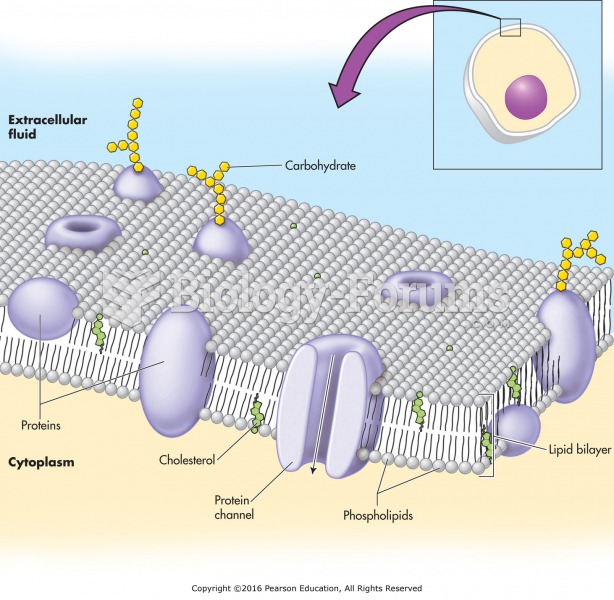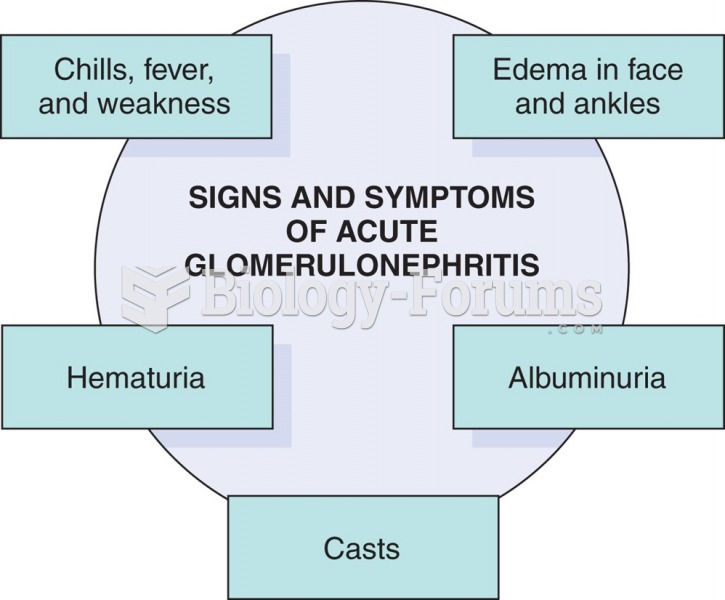Answer to Question 1
4
Rationale 1: Paclitaxel (Taxol) is a plant extract used to treat ovarian and breast cancers.
Rationale 2: Letrozole (Femara) is a hormone blocker used to treat advanced breast cancer.
Rationale 3: Daunorubicin (Cerubidine) is an antitumor antibiotic used to treat Kaposi sarcoma.
Rationale 4: Interferon alfa-2 (Roferon A) is used to treat hairy cell leukemia and Kaposi sarcoma, and is a biologic response modifier. The most common side effect of biologic response modifiers is a flu-like syndrome of fever, chills, dizziness, and fatigue that usually diminishes as therapy progresses.
Global Rationale: Interferon alfa-2 (Roferon A) is used to treat hairy cell leukemia and Kaposi sarcoma, and is a biologic response modifier. The most common side effect of biologic response modifiers is a flu-like syndrome of fever, chills, dizziness, and fatigue that usually diminishes as therapy progresses. Paclitaxel (Taxol) is a plant extract used to treat ovarian and breast cancers. Letrozole (Femara) is a hormone blocker used to treat advanced breast cancer. Daunorubicin (Cerubidine) is an antitumor antibiotic used to treat Kaposi sarcoma.
Answer to Question 2
4
Rationale 1: Anastrozole (Arimidex) is given for advanced breast cancer.
Rationale 2: Medroxyprogesterone (Provera) is given for uterine and renal cancer.
Rationale 3: Goserelin (Zoladex) is used for prostate and breast cancer.
Rationale 4: Tamoxifen (Nolvadex), the drug of choice for treating breast cancer, is a hormone blocker that blocks estrogen receptors in cancer cells, and is effective against breast tumors that require estrogen for their growth. This drug is unique in that it is given to both clients with breast cancer and high-risk clients.
Global Rationale: Tamoxifen (Nolvadex), the drug of choice for treating breast cancer, is a hormone blocker that blocks estrogen receptors in cancer cells, and is effective against breast tumors that require estrogen for their growth. This drug is unique in that it is given to both clients with breast cancer and high-risk clients. Anastrozole (Arimidex) is given for advanced breast cancer. Medroxyprogesterone (Provera) is given for uterine and renal cancer. Goserelin (Zoladex) is used for prostate and breast cancer.







